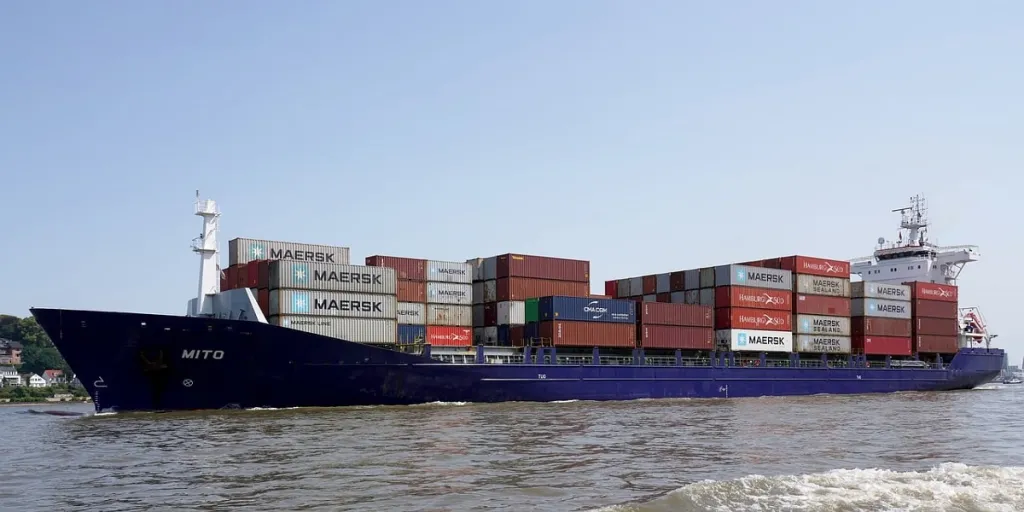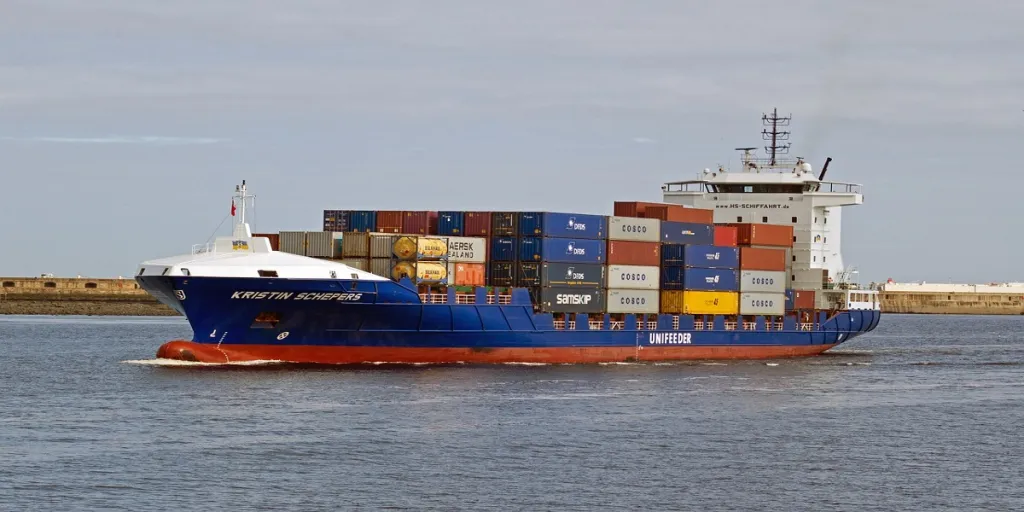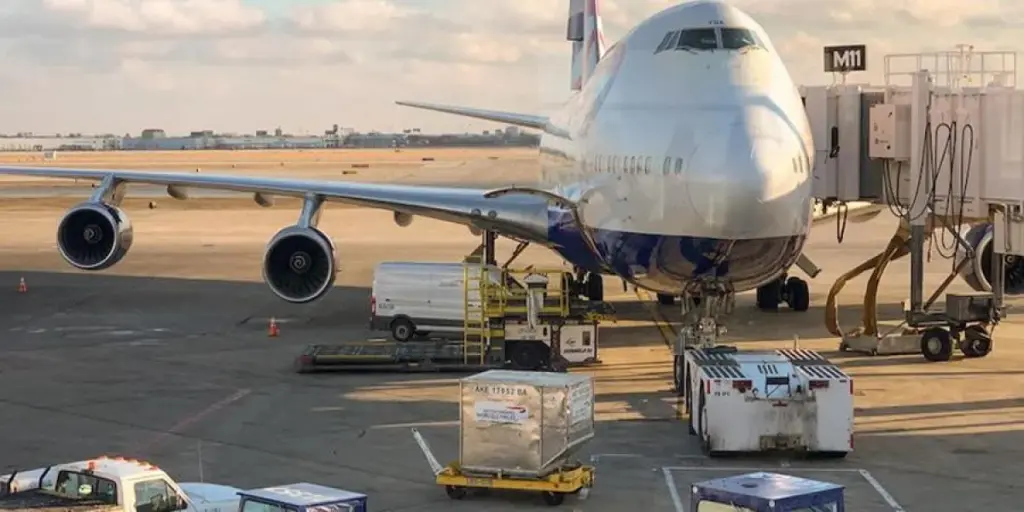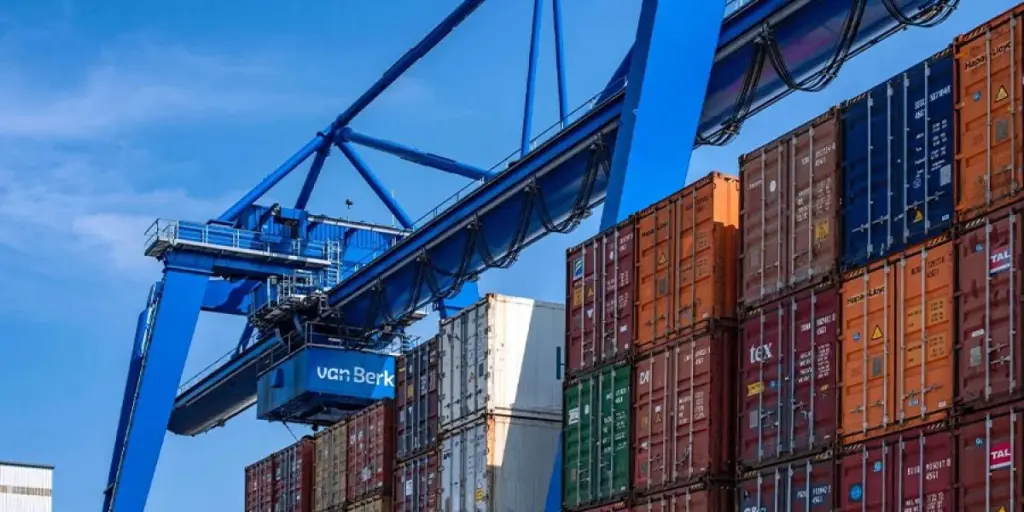Free trade agreements (FTAs) assist countries within a specific region mitigate the risks of supply chain disruptions by maintaining a continuous flow of goods and services and fostering economic integration. One prime example of an FTA is the USMCA between the United States, Mexico, and Canada, which together represent almost a third of the global GDP.
Continue reading to gain an in-depth understanding of the USMCA and how it strengthens North American supply chains and reduces their vulnerability to external shocks or disruptions!
Table of Contents
What is USMCA and what is its purpose?
6 USMCA benefits that make NA supply chains more resilient
The non-tariff barriers of the USMCA: potential roadblocks
What is USMCA and what is its purpose?
The USMCA, or the United States-Mexico-Canada Agreement, is a free trade agreement between these three partner countries. This means that products and services can move around these countries more freely, as there are fewer barriers and duties/taxes when compared to non-partner countries.
But the USMCA isn’t solely about the free movement of goods and services. Its core purpose is to stimulate economic growth, enhance the livelihoods of workers, and fortify strategic sectors such as agriculture and manufacturing in North America.
The USMCA is actually an updated version of an older agreement called the North American Free Trade Agreement (NAFTA). NAFTA was almost 25 years old, so some updates were made to take into account the changes in the global economy, like the rise of e-commerce or digital trade.
6 USMCA benefits that make NA supply chains more resilient
The USMCA aims to improve trade relationships between the U.S., Mexico, and Canada while strengthening and growing their economies. Here are six advantages of the USMCA that lead to better integration and resilience of North American supply chains:
Greater market access
The USMCA reduces or eliminates tariffs on many products being traded within the region, including agricultural and tech products. This means that a lot of goods can be exchanged among the U.S., Mexico, and Canada without import duties and some customs fees, making goods more affordable and attractive to American consumers.
The removal of trade barriers such as tariffs can lead to an increase in the potential customer base for businesses in these partner countries. For instance, with the USMCA, Canada agreed to provide U.S. dairy farmers access to 3.5% of its domestic dairy market, which is worth approximately $16 billion annually. A U.S. dairy farmer in Vermont could now sell their cheese to Montreal consumers without paying any import tariffs.
Increased manufacturing
One of the objectives of the USMCA is to incentivize manufacturers to shift their production lines from Asia back to North America. The core idea is to guarantee the consistent availability of vital materials during global crises, particularly for critical sectors like semiconductors and pharmaceuticals.
To achieve this, the USMCA trade policy promotes sourcing materials from within the region and provides preferential treatment for goods manufactured within the region. For example, in the automotive industry, the USMCA requires 70% of car parts to be made in one of the three partner countries to enjoy tariff-free access.
Strengthened labor standards

Workers form the very backbone of supply chains. Without their labor, raw materials would remain untouched, products would go unassembled, shipments would stay unmoved, and sales would not occur. Under the new agreement of USMCA, the partner countries must adopt labor rights recognized by the International Labor Organization (ILO).
These rights include freedom of association, the right to collective bargaining, the elimination of forced labor, the abolition of child labor, and the elimination of discrimination. To take a further step, USMCA introduced a first-of-its-kind Labor Value Content (LVC) requirement, which imposes minimum wage thresholds for certain products. When the work conditions for workers get better, there’s a smaller chance of strikes or disruptions happening. This makes supply chains more secure because businesses are less likely to experience unexpected problems during production.
Cooperative framework
Beyond market access and aligned labor rights, the USMCA helps the partner countries to “build back better” after facing tough economic times. This means that they can all use the region’s collective skills, capital, and knowledge to grow together and make their economies stronger.
For instance, investment protections within the agreement encourage U.S. companies to invest in Mexico’s oil and gas exploration. Mexico, in this case, offers rich crude oil reserves and a skilled labor force, while U.S. businesses bring in financial capital, advanced technology, and organizational experience.
Integrated data flow
Resilient supply chains don’t just move physical products from place to place. They also rely heavily on data and information transfer. The USMCA includes a dedicated chapter for digital trade that promotes a strong and integrated information and technology space within North America.
With AI technologies like federated learning, businesses can analyze the data they each collect without actually sharing the raw data. For example, medical technology firms can learn vital insights about broad patient populations and disease trends. They can accomplish this without breaching user privacy or infringing on intellectual property rights tied to their unique software or medical devices.
Increased visibility
As a final flourish, the USMCA puts in place a detailed set of rules of origin to determine how much of a product is made within the boundaries of the USMCA territories. These rules are important as they determine which goods are qualified to receive the preferential tariff treatment offered by the agreement.
For instance, within the automotive sector, it’s required that at least 70% of a vehicle producer’s steel and aluminum purchases originate in North America. Consequently, businesses are required to maintain thorough records that support a product’s origin, like transport documents, payrolls, and more. This mandatory record-keeping ensures transparency and facilitates improved tracking of the origin and journey of goods throughout the supply chain.
The non-tariff barriers of the USMCA: potential roadblocks
Free trade agreements like the USMCA have the potential to merge national economies into a strong, unified regional body. However, it’s not all perfect. The agreement encourages free trade among the participating countries, but non-tariff barriers such as import quotas, licensing requirements, inconsistent regulations, and variable work conditions still exist.
For example, the goal of the USMCA is to prompt U.S. businesses to move their operations closer to home, either to Mexico or Canada. But there are roadblocks. Canada’s high wage requirements could deter such movement. In contrast, Mexico, despite providing a more affordable labor alternative compared to Asia, lacks the skilled workforce that U.S. businesses need.
Efforts are still needed to align regulations and standards in the three countries. This involves enhancing cross-border cooperation and streamlining legal processes. Furthermore, each country should increase its investment in workforce development and education, particularly in skilled and technical fields.
Are you interested to learn about other free trade agreements? Check out this in-depth blog on the Regional Comprehensive Economic Partnership (RCEP) and see how it capitalizes on the economic strength of the Asia-Pacific region!

Looking for a logistics solution with competitive pricing, full visibility, and readily accessible customer support? Check out the Alibaba.com Logistics Marketplace today.




